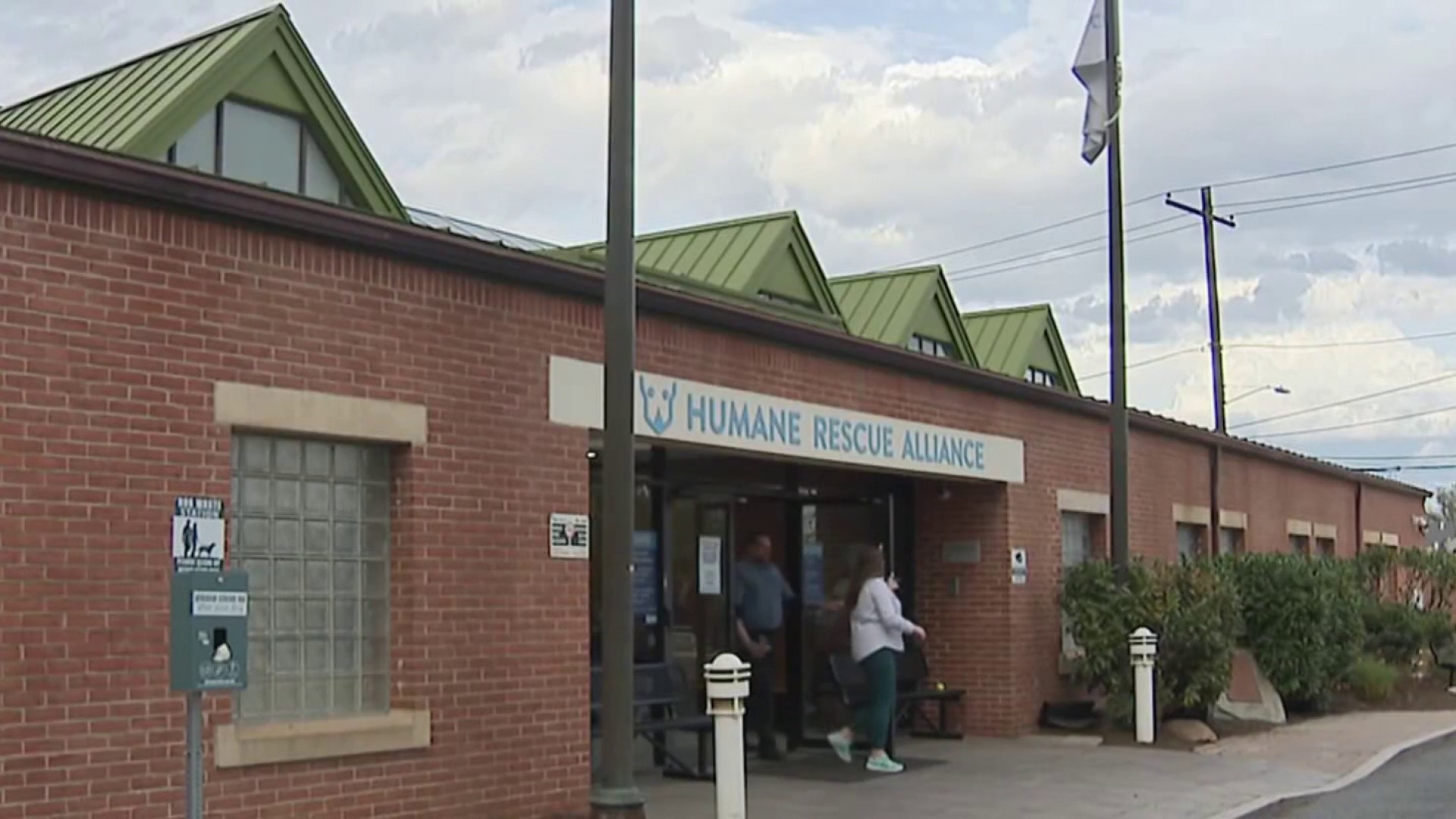News4’s Wendy Rieger talked with a 10-year-old girl in Poolesville, Maryland, who will be able to attend her classes while she undergoes treatment for cancer in New York — all thanks to new technology.
Peyton Walton calls her robot PAVS, for Peyton's Awesome Virtual Self.
The telepresence robot, an iPad displaying Peyton's face, will bring the ten-year-old to class virtually and help her socialize with her friends as she rolls down the halls of Poolesville Elementary in Poolesville, Maryland.
PAVS will be in school for five weeks while Peyton undergoes cancer treatment at Memorial Sloan Kettering Cancer Center in New York.
Peyton will see and hear what PAVS "sees" and "hears." Thanks to its video conferencing capabilities, she'll be able to participate in classroom lessons and answer questions posed by her teachers.
"As they see that robot in the hallways, that's Peyton," said Douglas Robbins, principal of Poolesville Elementary School. "She's here, she's with us and she's going to engage in the school day, just like the rest of them."
That interaction is huge as Peyton -- who just moved to the area and started a new school -- undergoes medical treatment that can isolate even the toughest kid or adult.
Instead, the technology from Double Robotics has become something cool, something that the rest of the students at Poolesville are eager to interact with. It was her new friends who helped pay the robot's $3,000 cost.
Local
Washington, D.C., Maryland and Virginia local news, events and information
"It's technology -- what 10-year-old doesn't love technology?" said Lynn Schaeber, Peyton's mother. "There's a cool factor to this."
Remote education has become a niche for Double Robotics, which also sells robots to telecommuters and doctors who need a remote presence.
Their robot combines an iPad screen with a rolling base, piloted by the user through an app. The robot is flexible; it can be positioned at sitting or standing height. It runs for eight hours before it needs a recharge and its Segway-like roller can climb over most bumps in the road.
Wifi and Bluetooth connectivity tie the remote user to the robot's iPad and the iPad to the roller.
The first robots shipped from Double Robotics in California in May, 2013, and schools with students who are unable to attend class quickly saw the potential. Genazzano FCJ College in Australia used its "Genbot" after a student fractured her pelvis and spine, according to the Double Robotics web site.
In Newport, Maine, the robot was a life-changer for a student named Jasmine, who has extremely limited mobility and was no longer able to go to school. Now, she can say hi to her friends in the hallways and go to class every day.
"Now, its like I can go to school every day," said Jasmine in a video on the site. "It makes me happy because now I can socialize with the robot. I can interact with the teacher and the students."
A 16-year old in Pennsylvania used the robot to attend school after his leg was broken in a car crash. Oral Roberts University even used their "Geo" robot to allow a student who was 1,000 miles away to roll across the stage at graduation.
At Poolesville, Peyton is still getting used to her PAVS; "I try not to crash into walls," Peyton said.
But there's no question that the robot is bringing a little excitement into what otherwise would be an unrelentingly anxious and painful time.
"The benefit has been huge," said Schaeber. "Peyton is able to have a little bit more autonomy in her education. She has control over her day-to-day activities in school, whereas cancer takes that from her, and really isolates her."



